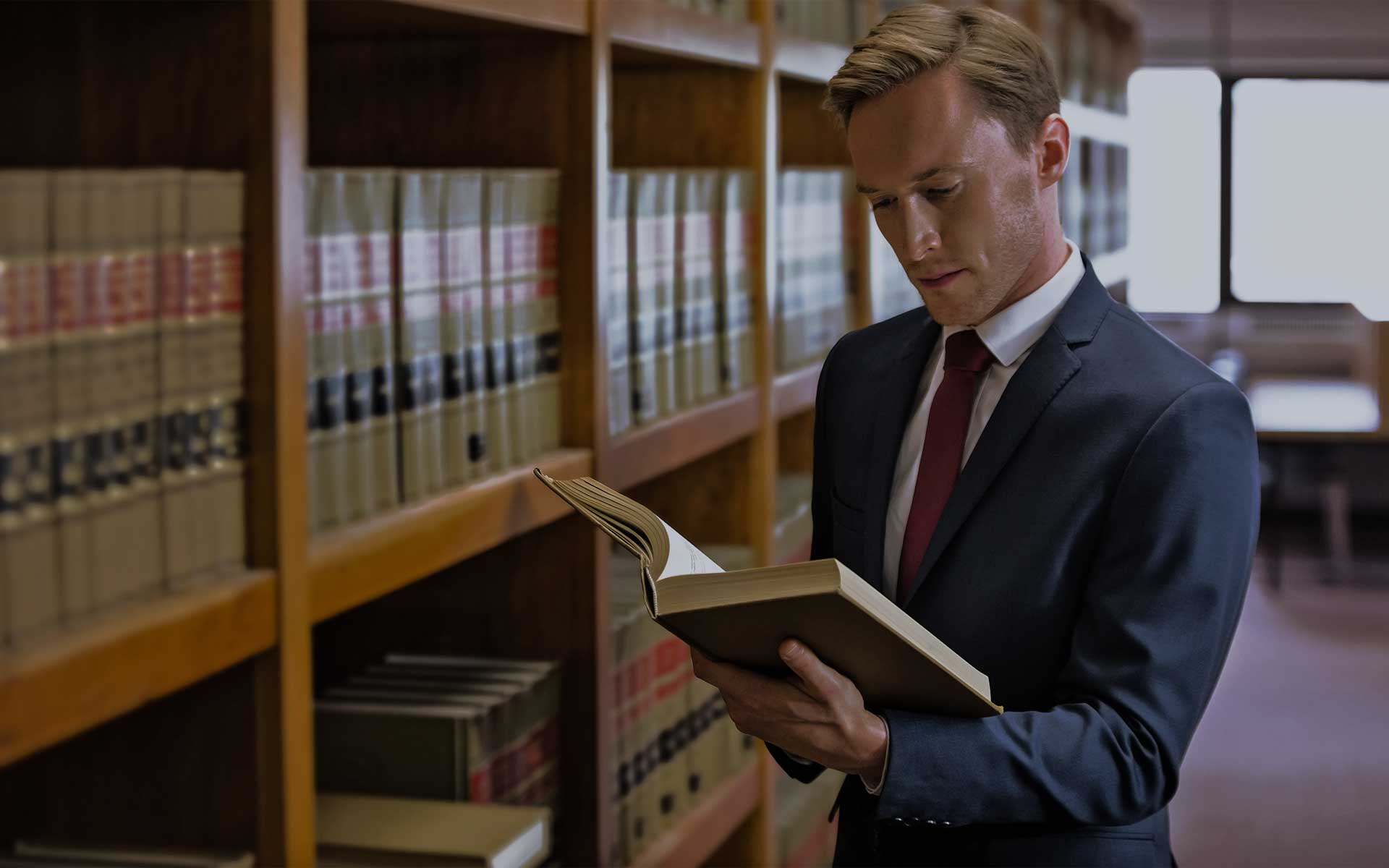The Supreme Court is More Interested in Being Right Than Shedding Light on 101

Yesterday was a dark day for patent eligibility in America. The United States Supreme Court denied certiorari in five more petitions relating to patent eligibility challenges. Based on our count, this brings the total number of patent eligibility petitions denied by the Supreme Court to at least 48 since the Court issued its controversial, if not catastrophic, decision in Alice Corporation vs. CLS Bank, 134 S.Ct. 2347 (2014).
Obviously, the Supreme Court is perfectly comfortable with the status quo as it pertains to the law of patent eligibility. This reality evokes myriad emotions, ranging from despair to outrage to resentment to cynicism to exasperation and finally to a begrudging acceptance. Even with Justice Gorsuch hiring clerks with an intellectual property background – an extreme rarity at the Supreme Court – there seems to be no willingness or desire to clean up the mess this Court created when it ignored the doctrine of stare decisis, several generations of well-established law, and the 1952 Patent Act itself, which had been interpreted by the Supreme Court based on the explicit language of 35 U.S.C. 101 and the legislative history to make “anything under the sun that is made by man” patent eligible. Diamond v. Chakrabarty, 447 U.S. 303 (1980) (citing S. Rep. No. 1979, 82d Cong., 2d Sess., 5 (1952); H. R. Rep. No. 1923, 82d Cong., 2d Sess., 6 (1952)).
Still Fumbling in the Dark
There have now been at least four-dozen opportunities to shed much needed light on the meaning of abstract idea, a term that neither Supreme Court nor the Federal Circuit have intentionally left undefined. See Enfish, LLC v. Microsoft, Corp., 822 F.3d 1327, 1334-35 (2016). It is alarming that the term abstract idea has remained undefined although it is central to the so-called Alice/Mayo framework. Indeed, patent examiners and judges must determine if a software patent claim is directed to an abstract idea. How can one know if a claim is direct to an abstract idea if the Supreme Court and Federal Circuit refuse to define the key defining term to the inquiry? Based on any logical interpretation of the law the standard is hopelessly infirm due to ambiguity, yet the Supreme Court is content.
At least four-dozen opportunities to shed much needed light on the meaning of significantly more, a term that neither the Supreme Court nor the Federal Circuit have ever defined although it is central to the so-called Alice/Mayo framework because patent examiners and judges must determine if a claim that is directed to a law of nature, natural phenomenon or abstract idea adds significantly more such that the claim is inventive. To the credit of the United States Patent and Trademark Office they have compiled a list of cases and attempt to define significantly more by examples, but the nature of innovation means each innovation is different. Key terms to the decisional framework not being defined is a gross dereliction of duty, yet the Supreme Court is content.
The refusal to define abstract idea and significantly more is just the tip of the iceberg. The Supreme Court also refuses to define the difference between law of nature and natural phenomenon, saying they don’t need to make a distinction. The Supreme Court has also usurped Congressional authority in the Alice/Mayo framework by pulling both novelty and nonobviousness into the section 101 analysis, which allows patent examiners and judges to determine inventiveness (i.e., both novelty and nonobviousness) without comparing the claimed invention to ANY prior art. Further still, the Supreme Court instructed inferior courts and decision makers not to interpret its 101 decisions in a way that would swallow all of patent law, which is precisely what has happened.
And how can anyone know what a claim is directed to, and whether that claim contains significantly more, such that it demonstrates an inventive concept, without doing a full claim construction? The answer is simple – it is impossible to know what a claim covers in terms of inventive concept or is directed to in terms of subject matter without a thorough analysis of the claims, the specification, the prior art and any offered extrinsic evidence. None of that happens when patent claims are denied or invalided as lacking patent eligible subject matter under 35 U.S.C. 101.
Embracing the Incongruous
Despite everything, the Supreme Court is content because they will not admit they are wrong, nor will they admit that their precedent is completely incongruous and inconsistent. There is no way anyone can apply all Supreme Court precedent on matters of patent eligibility. Some precedent must be ignored in every decision, whether it is directly conflicting eligibility precedent, or precedent that says novelty and nonobvious is not to be conflated with patent eligibility. In fact, both the requirement to conflate novelty and nonobviousness (e.g. Mayo) and the requirement that eligibility exclude matters of novelty and nonobviousness (e.g. Diehr) remain good law according to the Supreme Court. Obviously, statements that are completely inapposite cannot be both followed, but that is the mess the Supreme Court has made of patent eligibility specifically, and patent law more generally.
Clearly, the Supreme Court wants Congress to fix the mess they have created. Meanwhile, software suffers, with artificial intelligence and machine learning going overseas. And now we definitively know that medical diagnostics are not patentable in America. These are dark days for patents on commercially relevant technology of consequence in America.
The Four Horsemen, Not Innovation, Advance
One has to wonder if the Supreme Court is capable of appreciating the chaos that has befallen the industry thanks to the Court’s apocalyptic series of patent eligibility cases. Ironically, as Adam Mossoff has commented, the four cases (Bilski, Myriad, Mayo and Alice), like the four horsemen of the Apocalypse, have brought destruction in their wake, at least for America. Patent filings are down at the USPTO at a time when they are significantly up all across the world, and not just in Europe and China, but in Africa and the Middle East too. This lost decade in America has already and continues to set the stage for innovation dominance outside the United States. Well done, SCOTUS!
While it has become cliché for the Supreme Court to deny further involvement in patent eligibility as if the law is clear, this latest round of denials by the Supreme Court is different. Continuing to allow medical diagnostics to remain patent ineligible in America is not just bad law – it is stupid. You’d expect a bunch of Ivy League educated jurists to be smarter. Apparently not.


